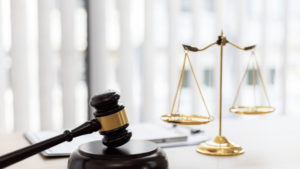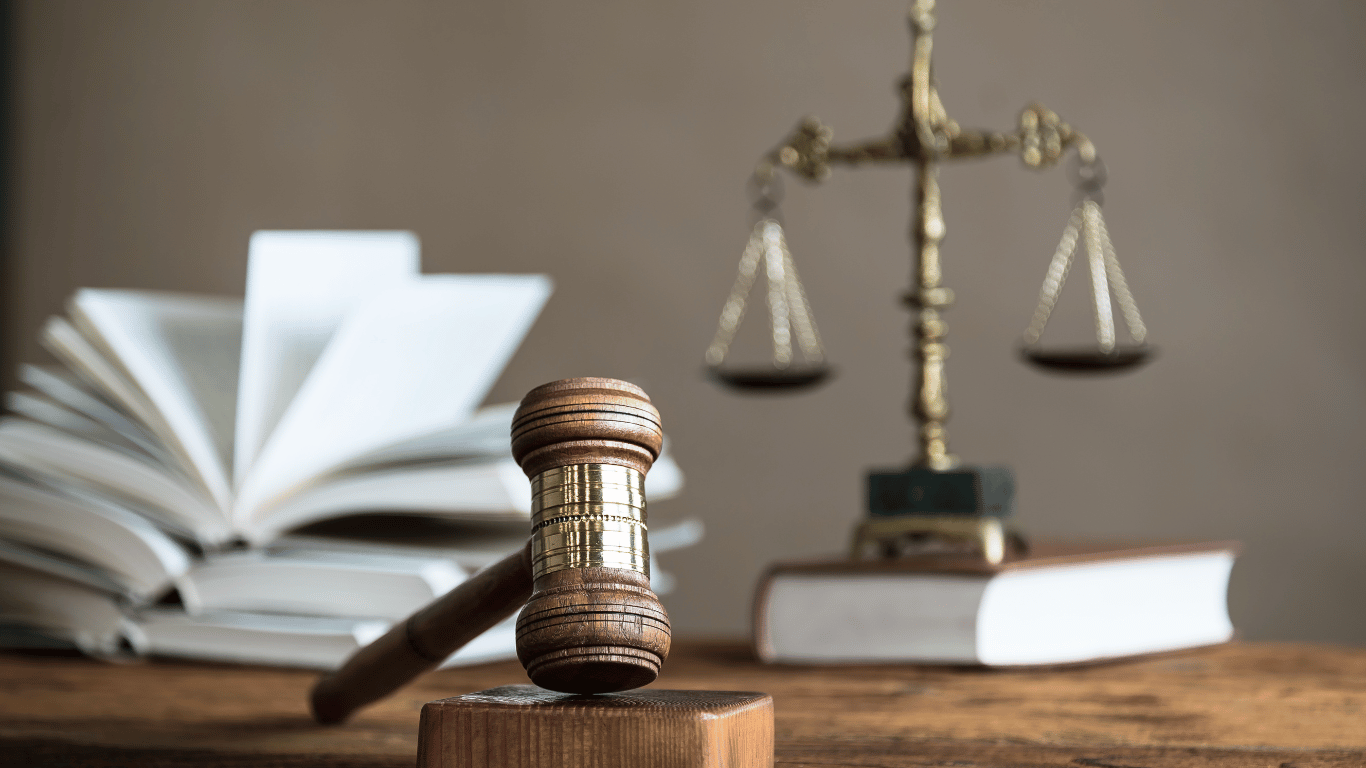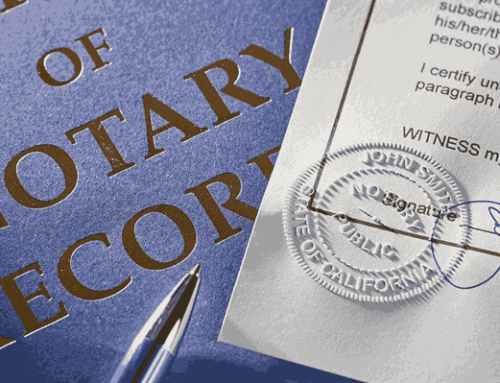What pops up in your brain when you hear the words “Procedural and Substantive”? Well, let us shed some light on the topic. The distinction between procedural and substantive law forms the bedrock of a just and equitable legal system. These two pillars, while distinct, intertwine to create a cohesive framework that ensures fairness, justice, and the protection of rights. This study will explore disparities between these branches and crucial aspects that enhance our understanding of their interaction in the legal framework.
Procedural Law: Guiding the Legal Odyssey

Often likened to the legal system’s “roadmap,” procedural law delineates the exact methods that oversee the course of legal proceedings. While substantive law establishes rights and obligations, procedural law serves as the navigator that ensures these rights are upheld effectively.
Due Process and Fairness:
One of the foundational principles of procedural law is due process. This principle ensures that every individual, regardless of their circumstances, is entitled to a fair and impartial trial. It includes essential rights like the right to notification, the right to legal counsel, and the right to present evidence.
Stages of Legal Proceedings:
Procedural law delineates the journey a legal case takes, from initiation to resolution. It addresses jurisdiction, venue, pleadings, legal discovery, and appeals.
Balancing Justice and Efficiency:
Procedural law balances the need for justice with the necessity of efficient legal processes. Courts must ensure that cases are resolved in a timely manner without compromising the rights of the parties involved. These precisely defined stages form the case’s framework, ensuring predictability and consistency in the proceedings.
Substantive Law: The Tapestry of Rights and Duties

In contrast, substantive law comprises the very content of the law. It defines the rights, duties, and responsibilities that individuals and entities possess within a society, governing their interactions and behaviors.
Setting Legal Standards:
Substantive law provides the framework for what is legally permissible and what is not. Whether in contract, criminal, or tort law, these principles set the limits of acceptable behavior and the consequences for deviations.
Civil vs. Criminal Substantive Law:
Within substantive law, the distinction between civil and criminal law is crucial. Civil law addresses disputes between individuals or entities and focuses on compensation and remedies. Criminal law, on the other hand, pertains to actions that are deemed harmful to society, prescribing punishments for offenders.
Adapting to Change:
Substantive law is not static. It evolves to reflect societal changes, advances in technology, and shifts in legal philosophies. As new challenges emerge, substantive law adapts to meet the demands of a changing world.
A Complex Dance: The Interplay Between Procedural and Substantive Law

The relationship between procedural and substantive law is intricate and symbiotic. Procedural law ensures that the rights enshrined in substantive law are effectively enforced. Without proper procedures, these rights might remain mere words on paper. Conversely, substantive law forms the basis for procedural rules, defining the scope and boundaries of legal processes.
Balancing Act: Procedural Fairness vs. Substantive Justice:
The challenge lies in striking a balance between procedural fairness and substantive justice. Strictly adhering to procedures might yield unjust outcomes, highlighting the court’s duty to consider both aspects in their judgments.
Legal Reforms and Access to Justice:
Reforms in procedural and substantive law can significantly impact access to justice. Streamlining procedures and simplifying complex legal language can enhance accessibility for individuals with limited legal knowledge.
Cross-Jurisdictional Variations:
Dive into the variations of procedural and substantive law across jurisdictions and legal systems. The challenges and benefits of harmonizing these laws on a global scale can impact international trade, human rights, and more.
Evolution of Procedural and Substantive Law:
Tracing the historical evolution of these branches highlights their dynamic nature. As societies progress, the legal system evolves to accommodate new ideas, technologies, and values.
Role of Judges and Attorneys:
Judges and attorneys are the architects of justice, navigating the relationship between procedural and substantive law. Judges interpret procedural rules to ensure substantive rights are upheld, while attorneys leverage both to present compelling cases.
Equity and Remedies:
Delve into equitable remedies, like injunctions and specific performance, which blend procedural and substantive elements. These remedies reflect a unique intersection of principles that aim to achieve just outcomes.
Alternative Dispute Resolution:
Alternative dispute resolution methods, such as mediation and arbitration, offer an intriguing view of how procedural and substantive law converge. These methods allow parties to resolve disputes while adhering to established legal standards.
Importance of Clarity:
Clear and concise procedural laws serve as the guiding beacons that illuminate the path of legal proceedings. These laws promote transparency, ensuring all participants understand their rights, duties, and upcoming steps. Clear procedural laws are like a precise roadmap, preventing delays and ensuring a smooth process. This transparent framework also enhances public trust, reinforcing the idea of impartial and fair case handling.
Equally crucial is the precision embedded within substantive laws. These laws constitute the bedrock upon which legal actions are built. They delineate the boundaries of acceptable behavior, establish rights and obligations, and mete out consequences for transgressions. The lack of precise substantive laws allows interpretation, leading to inconsistent verdicts and eroding justice. Crafting detailed laws safeguards rights, ensuring predictability and justice. This builds a foundation for citizens to rely on, fostering equity and fairness.
Summing Up
In the labyrinthine world of law, procedural and substantive law stand as pillars that support justice and maintain social order. This dance between the branches makes rights real and enforced fairly. The effectiveness of the legal system relies on legal professionals and individuals navigating this complexity. They need to understand the symbiotic relationship between procedural and substantive law and use it to preserve the integrity of the law and the pursuit of justice. As we navigate the evolving legal landscape, the differentiation between procedural and substantive law will remain crucial for upholding a fair and equitable society.





